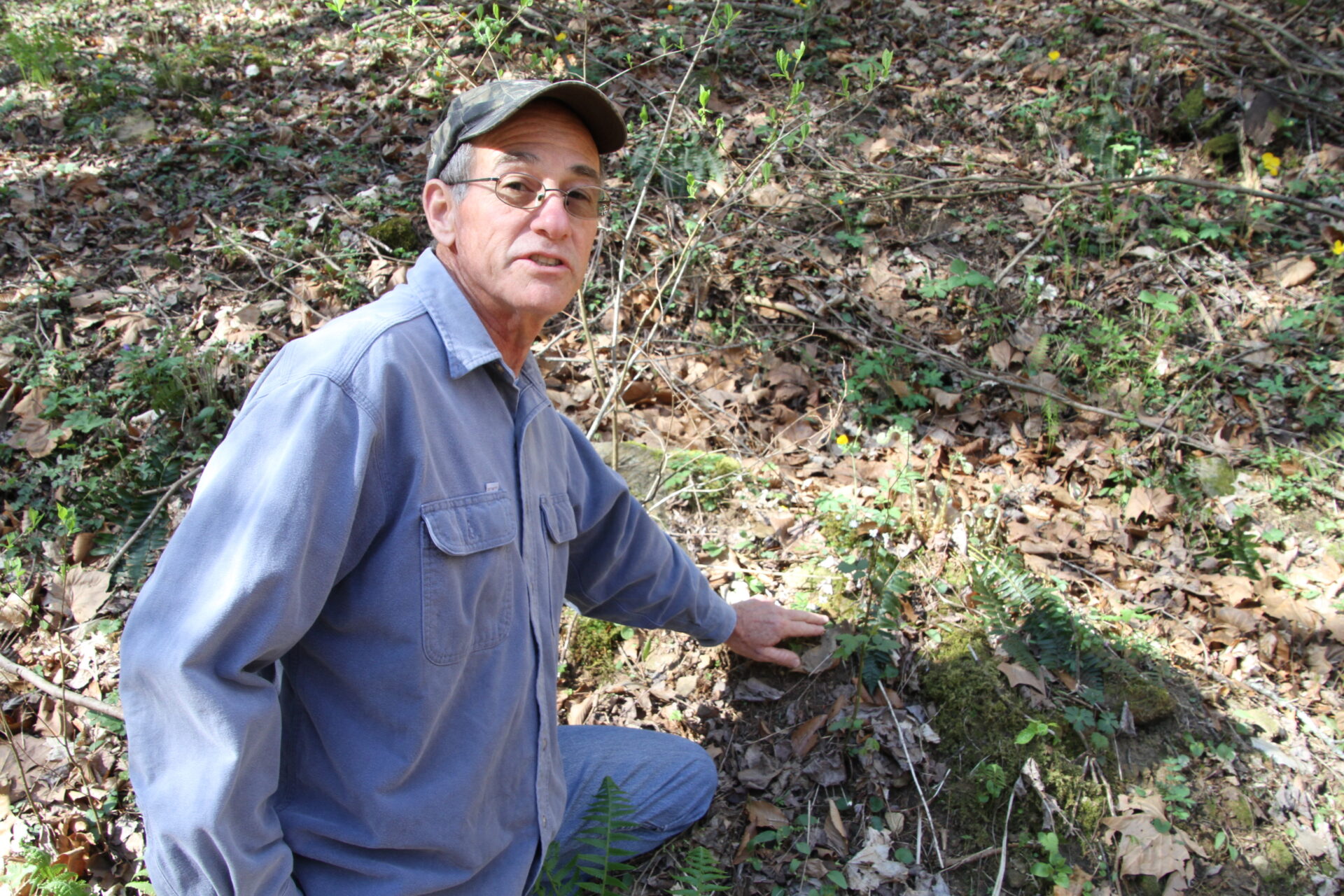West Virginia may be “wild and wonderful,” but not everything growing in our forests is supposed to be here. There are many invasive plants that are crowding out the native ones.
Gov. Jim Justice proclaimed April as Native Plant Month as part of a national drive that got the movement going in just a few months time. The Kanawha Garden Club, the Garden Club of America and the Native Plant Society were behind the effort to achieve the designation.
Beverly Campbell, from the Kanawha Garden Club, explained that the effort began with an idea last spring in Columbus, Ohio. It only landed in West Virginia last November but spread quickly, landing on the governor’s desk this winter.
“This is to spread knowledge, awareness and education on native plants,” she said. “We have 42 states that have declared April as native plant month as of today.”
She said there were approximately 200 Garden Clubs of America in the U.S. but only one in West Virginia and that is the one in Kanawha County.
The issue is twofold — recognizing what is native and supporting that while identifying the non-native species and keeping those in check. They can be harmful to the native species and wildlife.
“This display shows some of the more common non-native invasives in West Virginia,” said Luanne McGovern, the president of the West Virginia Native Plant Society. “And these are taking over in some places quite bad. Garlic Mustard, probably everybody has that beside the road or in their garden. Japanese Stiltgrass. I’ve seen this way out in the wilderness. It’s amazing how it’s just everywhere.”
She explained that forest ecosystems develop over thousands of years and the plants, bugs and birds evolve together. When non-natives come in, the animals don’t know what to do with it.
Non-native species find their way to West Virginia for a number of reasons. Some actually came here as packing materials in shipping containers.
One problem facing the native species is they may not be as aggressive growers or as prominent as some of the newly introduced varieties. During a recent walk in the woods, McGovern pointed out a small field.
“Here we have Trillium, Greek valerian, Celandine poppies,” she said. “Oh, there’s a blood root. Of course all the ferns grow together in this great wild. Geranium, violets I mean, all within like 10 feet, right in this fabulous ecosystem out here.”
Kanawha State Forest has an arboretum area where volunteers bring together native species and trees to highlight their contributions. Native Plant Society board member Chris Gatens pointed out one species that closely resembled a non-native plant, but actually had its origins in the same area as the forest.
“The Canebrake is a native woody grass,” he said. “And it’s native to the Davis Creek watershed and Kanawha County. This was from the restoration project probably 15 years ago. We obtained this from a flooded area on Campbell’s Creek and brought it over here and established it.”
The Canebrake closely resembles the Asian bamboo.
There are many commonly known invasive plants like multiflora rose, which was brought to the U.S. as natural fencing and just kept growing. But one many don’t realize is invasive is the Japanese honeysuckle that lines roadways all around the state. As Gatens said, “It’s been around a long time and it’s really hard on plants.”
He explained that honeysuckle and other vines like poison ivy climb up and choke out trees and shrubs.
“We’ve got a spicebush and it’s sort of suffering because this thing is over shadowing it,” he said. “And this is a bladdernut here. It’s a beautiful native shrub in the shady areas of the forest, and it’s being overtopped by this Japanese honeysuckle.”
Unfortunately, the only way to deal with most of the invasive species is manual labor, spraying, burning or pulling them up.
Gatens noted that when dealing with vines climbing trees, it is best to cut them out at the roots, but leave the vines attached to the trees. The tree will grow and push the vines out without damaging the tree bark.
Campbell did note that she carries a small, electric chainsaw with her to cut invasive vines at the base.
